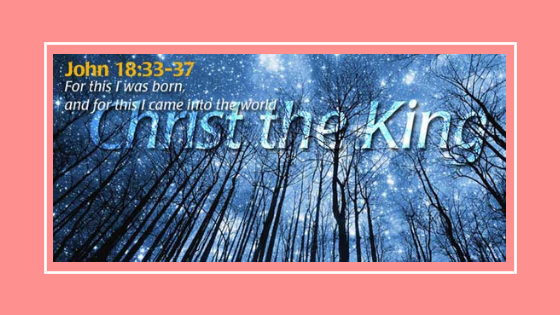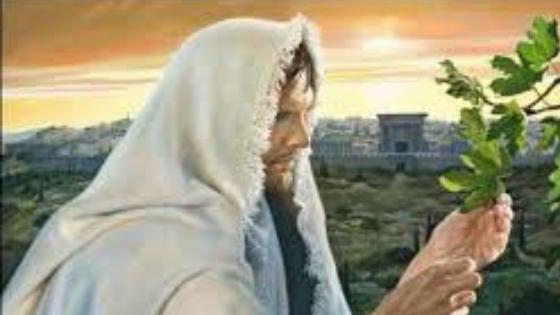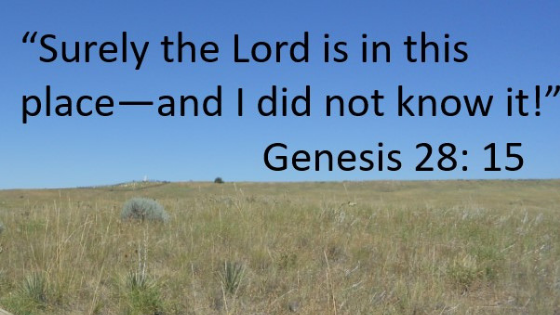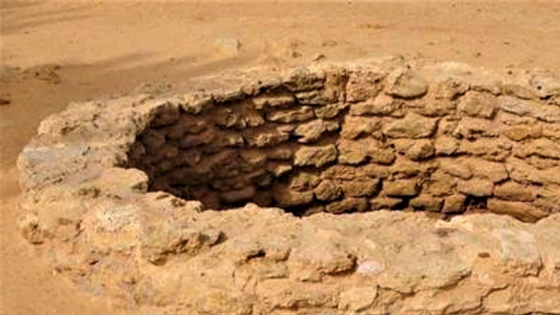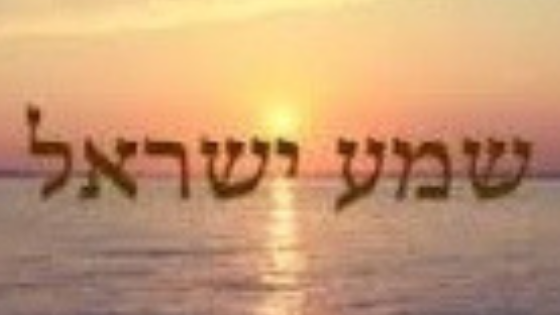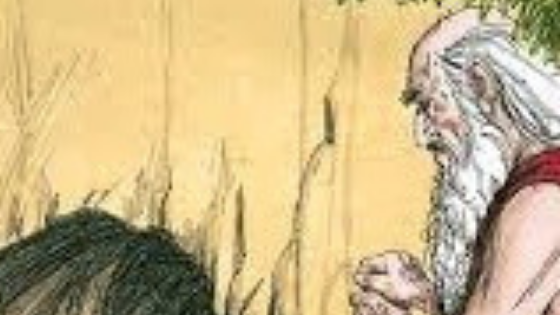Shabbat Table Talk
Parashat Vayishlach – Erev Shabbat 23 November 2018
Week of 18-24 November 2018
Torah portion: Genesis 32:4 – 36:43 Haftarah: Obadiah 1:1-21
Theme: The Spirituality of a Journey
Download
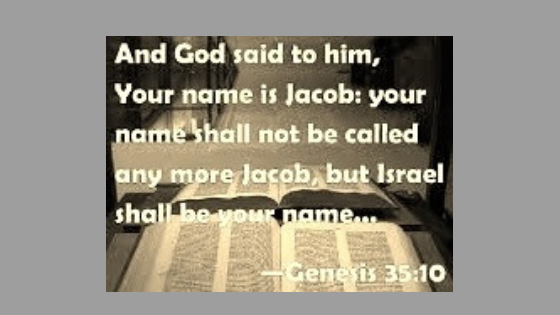 The primary interest in this parashah is השיבת ‘עקב, Jacob’s return from Paddan-aram and his twenty years in service of his uncle, Laban, to Kiriath-arba (Mamre, Hebron) where his father, Isaac, now approaching 180, is dying. We can discern here elements of the spirituality of this journey. We might set aside chapter 36, which interrupts Jacob’s story with its review of the descendants of Esau, concluding with “he is Edom.” The Stone edition states: “In this genealogy lay the roots of Edom … the perpetual enemy of Israel” [p. 89]. In the haftarah, Obadiah envisions the disaster that will befall Edom.
The primary interest in this parashah is השיבת ‘עקב, Jacob’s return from Paddan-aram and his twenty years in service of his uncle, Laban, to Kiriath-arba (Mamre, Hebron) where his father, Isaac, now approaching 180, is dying. We can discern here elements of the spirituality of this journey. We might set aside chapter 36, which interrupts Jacob’s story with its review of the descendants of Esau, concluding with “he is Edom.” The Stone edition states: “In this genealogy lay the roots of Edom … the perpetual enemy of Israel” [p. 89]. In the haftarah, Obadiah envisions the disaster that will befall Edom.
The spirituality of Jacob’s journey merits attention. As our parashah begins, Jacob has escaped from Laban’s service, and has even celebrated the peaceful resolution of his unexpected encounter with Laban, who pursued him as far as Mount Gilead. They go their separate ways. Arriving at Mahanaim, Jacob must deal with his dread of an anticipated confrontation with Esau. He sends gifts in advance, with the message that “I have sojourned [גרת‘] with Laban” and that he is now seeking Esau’s favor. Rashi comments that “the numerical value of גרת’ equals 613,” which he interprets as: Jacob “has observed the divine commandments”; he has not adopted Laban’s ways” [Stone, p. 79]. Yet, his own righteousness is not a secure refuge for Jacob; he has “sojourned,” he has moved on, beyond the birthright issue, but has Esau?
News of Esau’s approach evokes great fear in Jacob. He resorts to four tactics: 1) strategic planning to cut his losses: dividing his possessions to secure at least half; 2) prayer: remembering God’s promise, “Return to your land and your relatives, and I will do good with you,” Jacob admits his fear, and pleads for rescue; 3) appeasement: dispatching to Esau substantial tributes of herds; 4) the mysterious wrestling incident: alone, at night, Jacob, consciously or subconsciously engages in the struggle that transforms his identity from Jacob [usurper] to Israel [one who “has striven with God and men and has prevailed”].
The encounter with Esau occupies just 18 verses [Chapter 33]. They part company peacefully, Esau to Seir, Jacob to Succoth. For Jacob, the dreaded encounter with his brother is over. He arrives in Canaan intact/שלם — physically recovered, financially prosperous, affirmed in his faith [cf. Tanach, Rashi note, p.82].
Chapter 34 provides another perspective on Jacob through his sons’ response to the rape of Dina. Jacob challenges his sons, Shimeon and Levi, on their violent revenge, pointing out the damage they have done to the family’s reputation as they enter Canaan. The sons maintain their attitude, “Should he treat our sister like a harlot?” Theirs was a principled yet brutal response, and Jacob reprimands it.
Jacob arrives in Beth-El, the place of his earlier dream of the ladder, and God appears to him again, confirming his name, Israel, and disclosing his own name “El-Shaddai,” a significant new step in Jacob’s relation with God. Rachel dies on the road to Ephrath and, finally, at Kiriath-arba, Isaac’s death brings Jacob and Esau together again, to bury him, and with this the patriarchal succession passes to Jacob.
For Reflection and Discussion: 1. Identify and reflect on two events in your own present journey in faith and indicate how those have shaped your spirituality. 2. Of the above events in Jacob’s journey, which speaks most to you? How?
Bibliography: Tanach, The Stone Edition, Mesorah Publications (New York, 1998), Brown, Fitzmeyer, Murphy, The New Jerome Biblical Commentary, Prentice Hall (New Jersey, 1990).
This week’s teaching commentary is by
Diane Willey, NDS, M.A. in Theology, Saskatoon, Canada, Bat Kol Alum 2005, 2006
Email address: dianewilley@hotmail.com
[Copyright © 2018]
.……………………………………………………
PLEASE NOTE: The weekly Parashah commentaries represent the research and creative thought of their authors, and are meant to stimulate deeper thinking about the meaning of the Scriptures. While they draw upon the study methods and sources employed by the Bat Kol Institute, the views and conclusions expressed in these commentaries are solely those of their authors, and do not necessarily represent the views of Bat Kol. The commentaries, along with all materials published on the Bat Kol website, are copyrighted by the writers, and are made available for personal and group study, and local church purposes. Permission needed for other purposes. Questions, comments and feedback are always welcome.
………………………………………………………
Bat Kol Institute for Jewish Studies, Jerusalem
~~1983–2018~~
“Christians Studying the Bible within its Jewish milieu, using Jewish Sources.”
Website: www.batkol.info; Parashah Admin: gill@batkol.info



